How do pigeons find home?
5 November 2013
Have you ever heard of homing pigeons? These birds, a type of domestic pigeon, have the ability to find their way back to their lofts (the name for a pigeon’s caged area, where they live) over extremely long distances. For many centuries, they were used as carrier pigeons, delivering messages and news to their home from far-away locations. But how exactly they manage to navigate and find their lofts has always been a bit of a mystery. Hans Wallraff, a German ornithologist (someone who studies birds), has suggested that pigeons use wind directions and smells in the air to find their way home. He started by collecting air samples around a pigeon loft, looking for particular chemicals that are responsible for their distinctive scents. He found that the amounts of the various chemicals varied in different samples, meaning that different areas had different smells. He also found that the scents increased or decreased in certain directions, depending on the strength and direction of the wind. Imagine that you lived to the north of a really good doughnut shop. Whenever the wind blew from the south, you would be able to smell the delicious doughnuts being made! If you were dropped off in a place where the smell of doughnuts was very strong and wanted to find your way home, what could you do? You could guess that you were near the doughnut shop, to the south of your house, and needed to head north to get home. In the new research, Hans showed that pigeons can use this ‘map of smells and winds’ in our atmosphere to navigate and find their way home!Print version
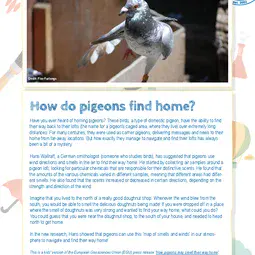
This is a kids' version of the EGU article: 'How do pigeons find home?'. It was written by Bárbara Ferreira and reviewed for scientific educational content by Heather Niederer and Sam Illingworth, and for educational content by Marina Drndarski.
Translations
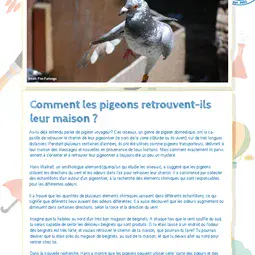
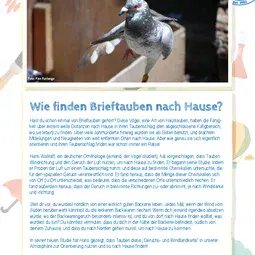
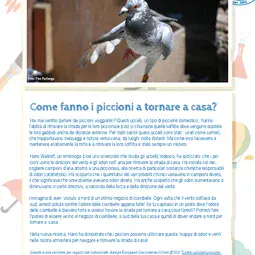
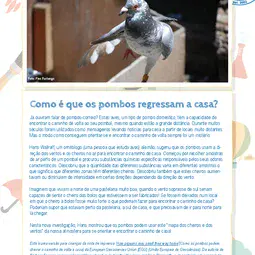
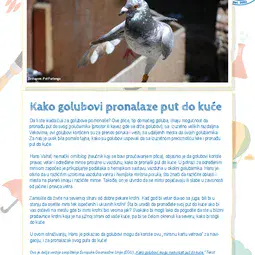
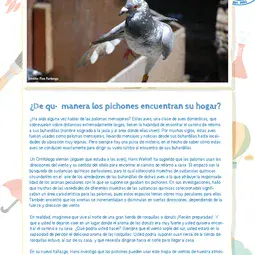
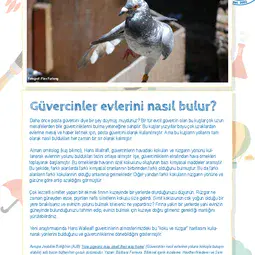
All English-language Planet Press releases are carefully edited, reviewed and proofed, by scientists, educators and EGU staff. Please note that once translated, Planet Press releases receive no further checks from EGU staff. For this reason, we cannot guarantee their accuracy, though we trust the quality of our voluntary translators and are grateful for their work.

